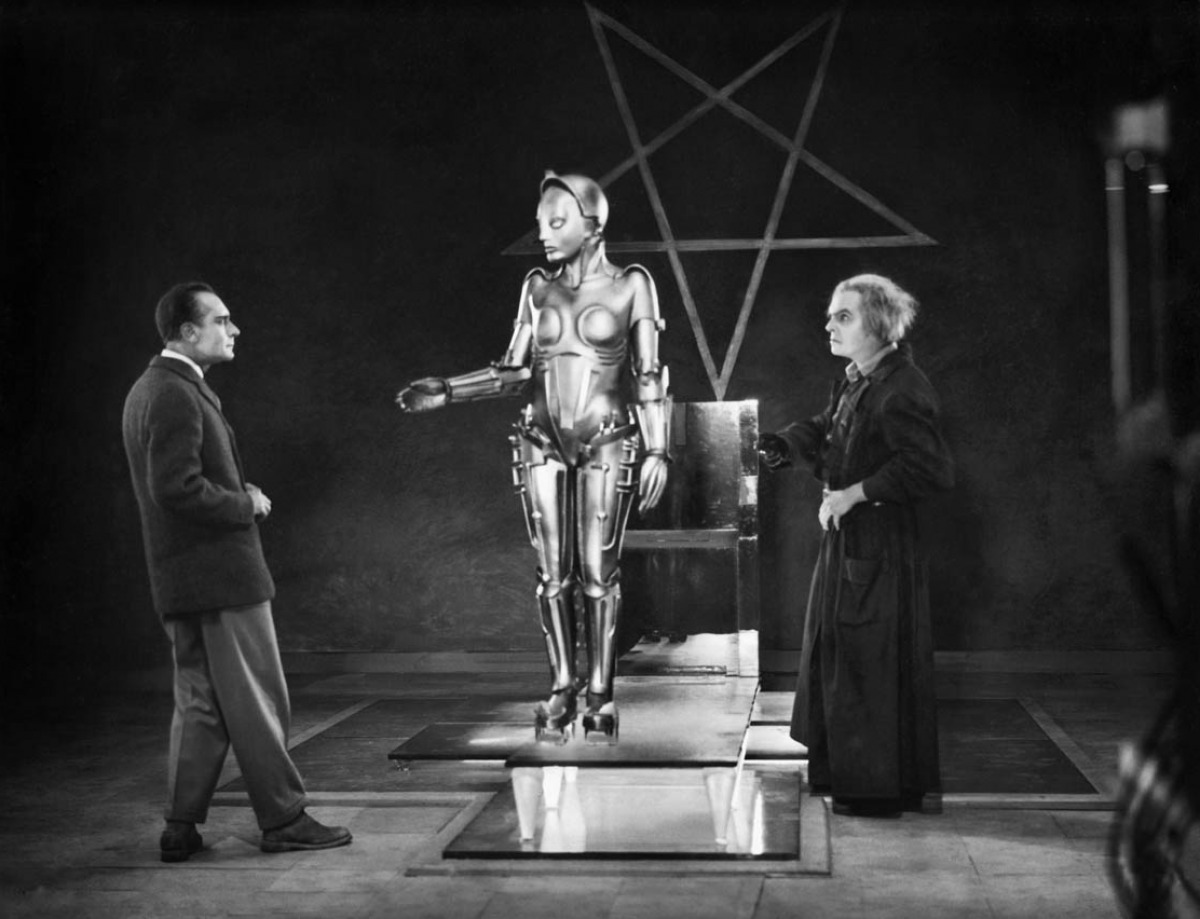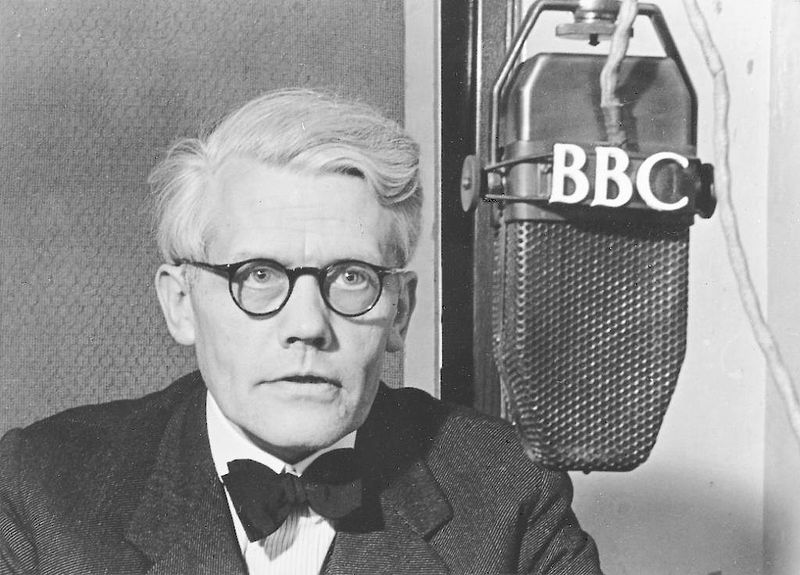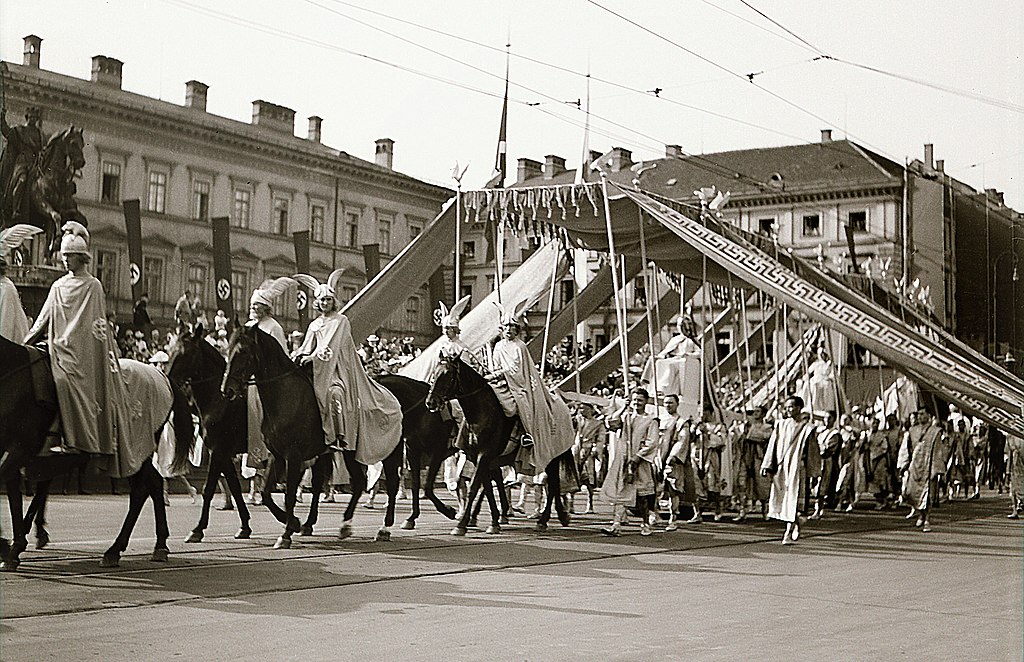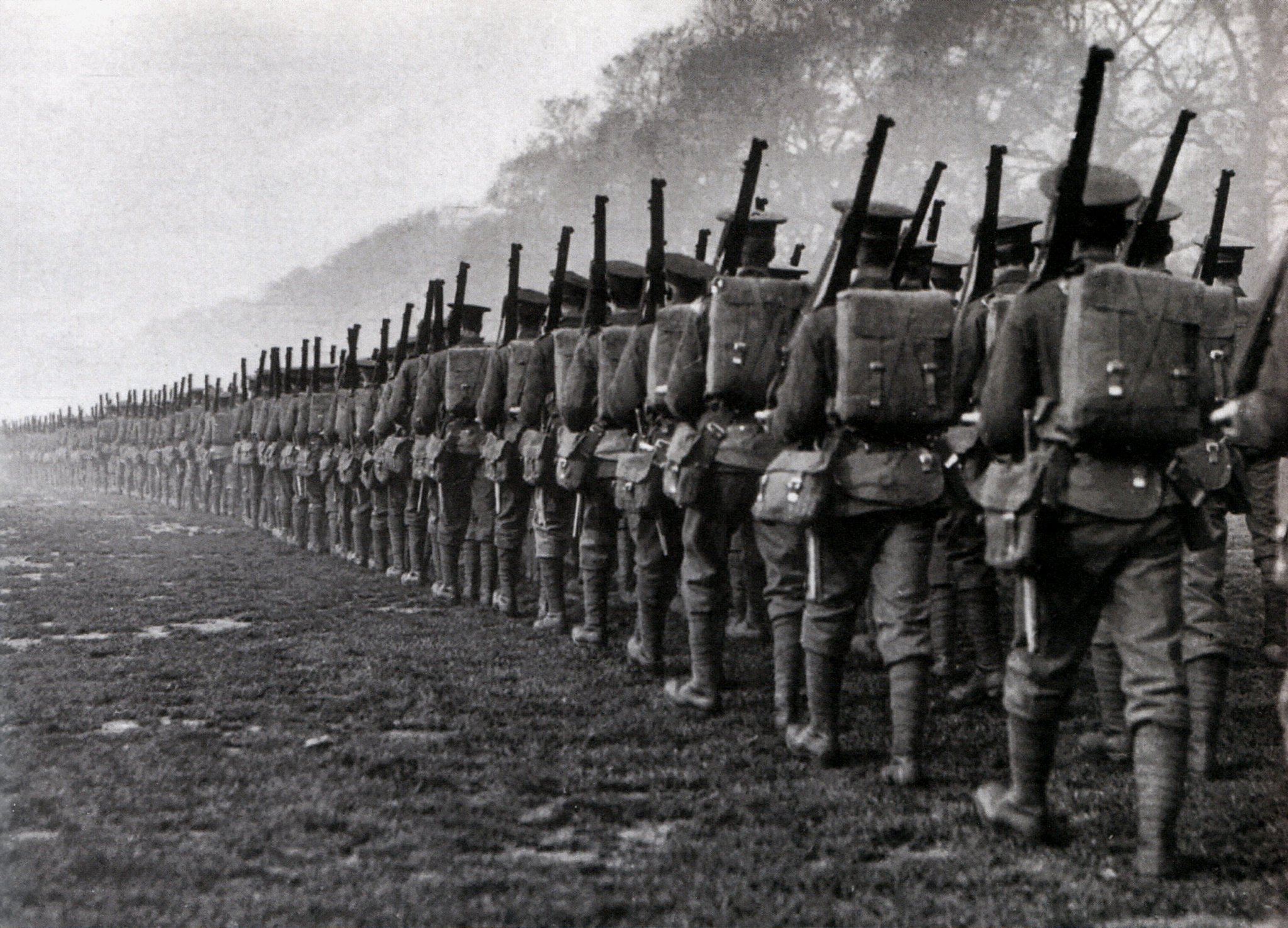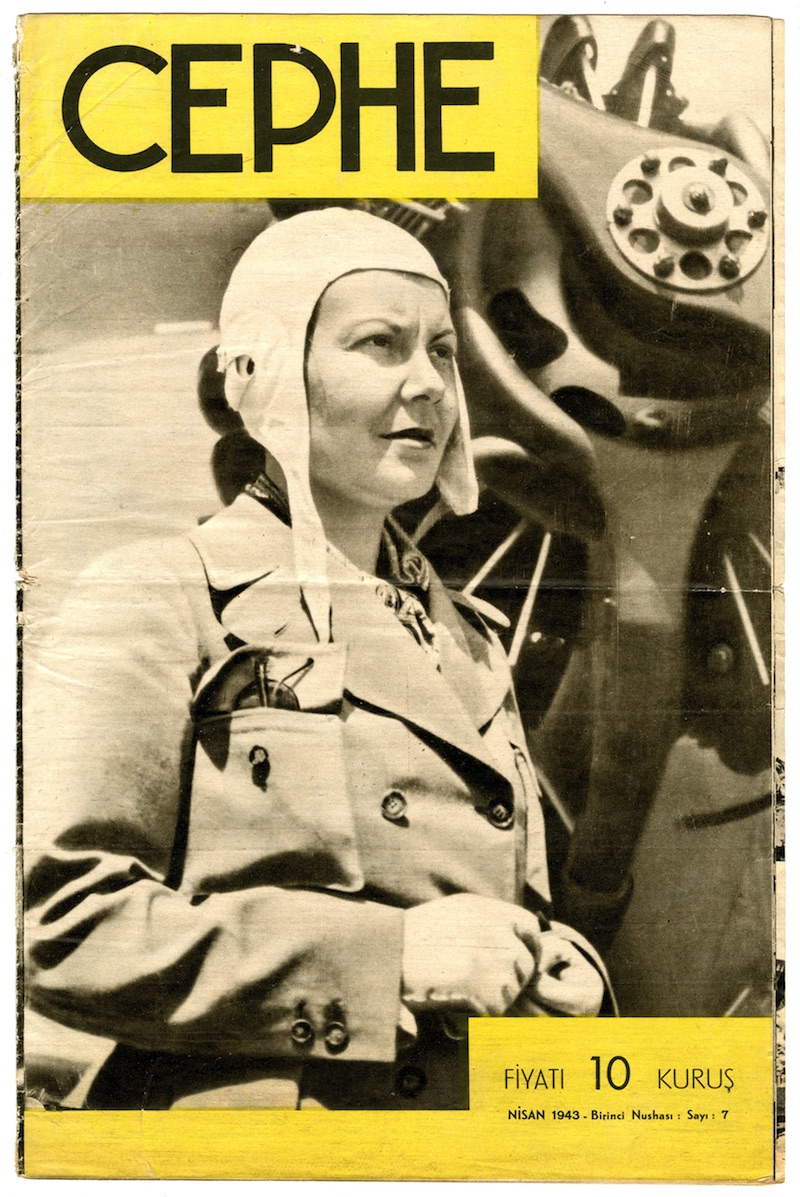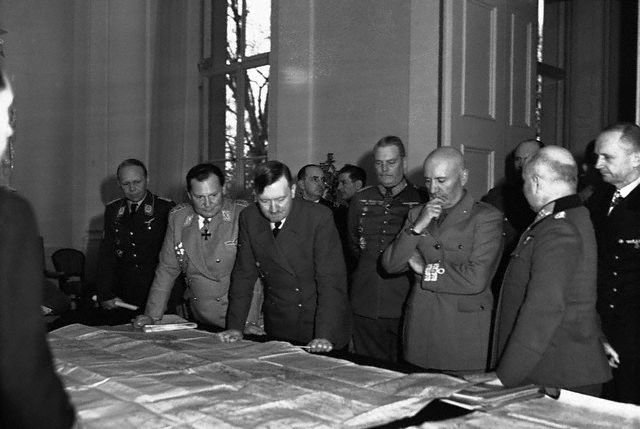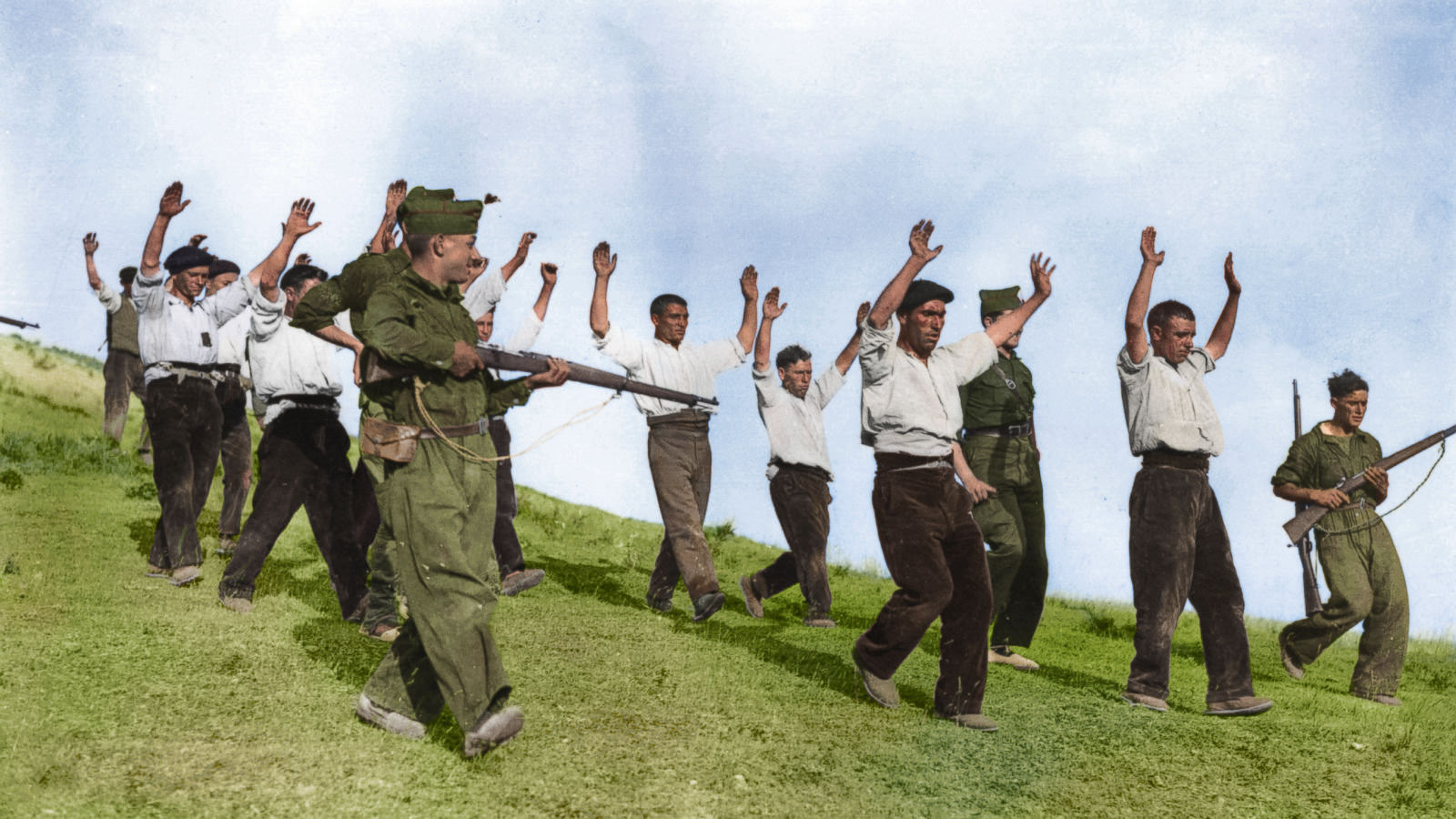Written by Alisha Reid
If I asked you to picture the 1920s “New Woman”, the image that would come to your mind would most likely be based on what you have seen in films and TV shows – both old and modern – of a sexually and financially liberated woman with her short hair and vampy makeup, her boyish-figure draped in a flapper dress. This caricature is not incorrect but it is exactly that: a caricature. This style of woman is almost synonymous with Weimar German culture following the First World War. It is this “New Woman” that people remember seeing in the numerous films that German studios produced over the period. However, what people often fail to remember are the negative narratives surrounding the “New Woman” in Weimar films and the emphasis placed on abandoning this stereotype.
Leave a Comment
